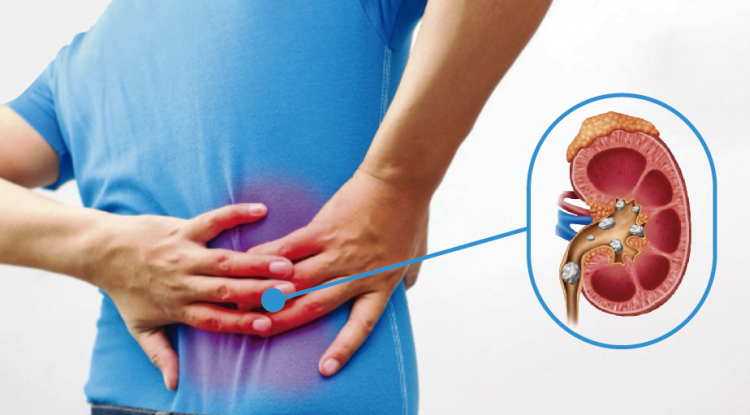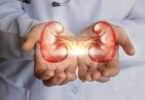Nephritic colic is a very intense lumbar pain, in addition to a general ailment, sweating, tachycardia, nausea or vomiting, blood in the urine, among others.
The most frequent cause of renal colic is the presence of stones or also called calculi, which lodge in the ureter. The most frequent are: calcium phosphate, non-calcium phosphate, purine compounds (uric acid, sodium urate, ammonium urate, etc.), amino acids, calcium carbonate, sulfonamides. Non-lithiasic obstructions: caused by a clot derived from a kidney tumor.
The obstructed kidney retains urine and the urinary tract dilates, which triggers very intense pain in the lower back and spreads to the groin or genitals.
This type of colic can occur without warning in people in apparent good health. It is usually more frequent during daytime hours and in hot weather due to the higher concentration of urine.
Renal colic episodes are similar in men and women, with uric acid colic being more common in men and colic caused by infection in women.
Renal colic occurs because a kidney stone moves and travels through the ureter. A renal colic can last several hours the pain.
Renal colic stops when the stone is expelled, which occurs spontaneously in most patients.
Prevention is to hydrate properly to avoid the formation of stones in the urinary tract and it is also necessary to reduce salt consumption and moderate the intake of animal protein.








